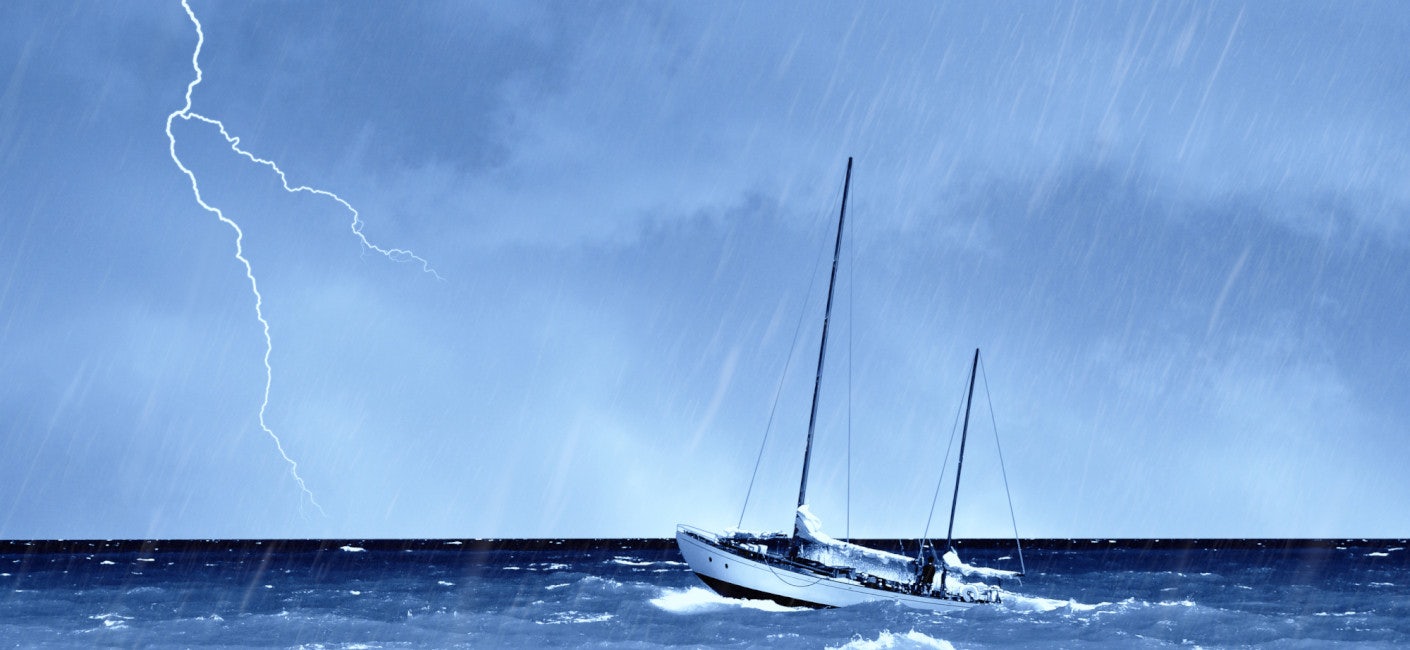INSURANCE LESSONS LEARNED

NIGHT SOUND was a 63-foot (19.2m) Irwin Ketch. She was traveling south from New York to Miami when she encountered bad weather off the coast of North Carolina. A mayday went out to the Coast Guard due to a crew injury and concerns about the yacht sinking. The United States Coast Guard’s priority is to save lives, not property. The NIGHT SOUND crew of six was safely taken off the sailing yacht by helicopter, but the yacht was left to sink. The insurance claim was handled, and the owner was paid a total loss for the yacht. Three months later a call was received from the captain of a Lykes Ship Line who had the NIGHT SOUND in tow behind his 1,000-foot (304.8m) ship. He was claiming salvage and was off the coast of Africa. The yacht, in fact, was still afloat and had sailed trans-Atlantic crewless.
Sometimes a yacht crew may appear to be seaworthy from reading the resumés, but the resumé may not provide the whole story, as it was with the COSA GRANDE. The COSA GRANDE was a 98-foot (29.8m) Fairmile motor yacht purchased to charter in 1970. The owners wanted a reliable, inexpensive crew to run the yacht. They found Captain Tom White. Captain Tom was a Navy captain who had been on a cutter and warship in the Korean war. He was extremely qualified, but Captain Tom failed to mention on his resumé that he could not move his legs as they were in braces. However, he was quite agile with the braces, able to move around and even do engineering work. The owner’s built a special platform at the helm so he could directly access the engine room.
For a yacht of this size, they also needed a first mate. First Mate Kenny Bright was experienced and qualified. He had worked on boats, commercial vessels and yachts for more than 20 years. Kenny, however, failed to mention on his resumé that he was legally blind. However, he was able to see vague outlines with his glasses on and was still able to perform his duties.
Thus the COSA GRANDE, a 98-foot (29.8m) motor yacht, was running with a paraplegic captain and a blind first mate for 40 weeks of charter per year. Yet, never a loss; never a claim.
Captain Tom was the ultimate professional and Kenny was his right-hand man for many years. Captain Tom never put the yacht in a situation for which he was not prepared for. He communicated with the owners and he kept the yacht maintained to the highest standard.
Lesson learned? The most important safety equipment on board a yacht is often the person making decisions.
If you have any questions about insurance, please visit www.privateinsuranceservices.com.
Read Next
Navigator Newsletter Stay informed on all things yachting and luxury lifestyle with the bi-monthly Navigator newsletters.
